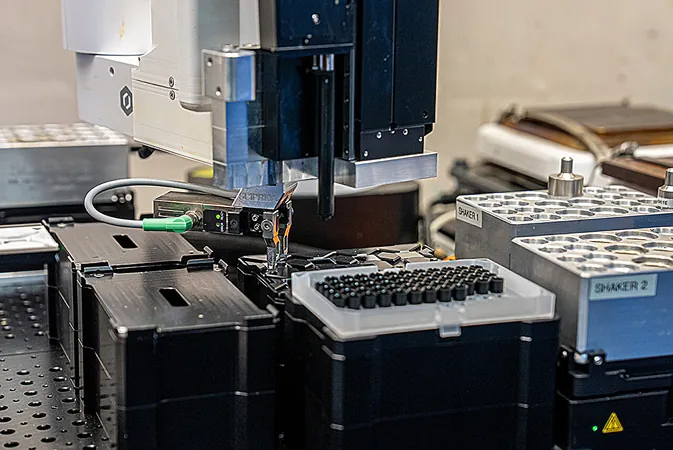
Revolutionizing Material Science: Meet AutoBot, the Machine Learning Marvel
2025-09-18
Author: Mei
A Game-Changer in Advanced Material Fabrication
Researchers at the Department of Energy's Lawrence Berkeley National Laboratory have unveiled AutoBot, a groundbreaking automated platform designed to optimize the creation of advanced materials. This innovative system employs cutting-edge machine learning algorithms to guide robotic devices in swiftly synthesizing and characterizing materials, reshaping the future of material development.
Speed Meets Precision: The Power of AutoBot
In a remarkable leap forward, AutoBot has achieved optimization of metal halide perovskites—a new class of materials with promising applications in LEDs, lasers, and photodetectors—in just a few weeks. By systematically refining experimental parameters, AutoBot achieved what would have traditionally taken a year of labor-intensive trial-and-error processing.
Efficient Learning: Harnessing 1% for 100% Impact
In a striking demonstration of efficiency, AutoBot analyzed only 1% of a staggering 5,000 potential parameter combinations to pinpoint the optimal conditions for producing high-quality materials. Carolin Sutter-Fella, one of the leading scientists behind the project, emphasizes, "This is a paradigm shift in material exploration, paving the way for autonomous laboratories that can optimize multiple materials and devices rapidly but accurately."
Collaboration at Its Finest
The innovative concept for AutoBot emerged from a multidisciplinary team, including experts from various prestigious universities such as the University of Washington and the University of California, Berkeley. Their collaborative efforts led to the integration of robotics and machine learning capabilities into the platform.
Tackling Humidity: A Major Barrier in Material Quality
One of the key challenges in creating high-quality perovskite films is their extreme sensitivity to humidity. To address this, AutoBot was employed to discover synthesis conditions that yield robust thin films even under higher humidity environments, facilitating future mass production.
An Iterative Learning Loop: The Science Behind AutoBot
AutoBot's systematic approach involves an iterative cycle of synthesis and analysis, where it synthesizes halide perovskite films by adjusting parameters like heating and humidity. Multiple characterization techniques—including UV-Vis spectroscopy and photoluminescence imaging—are utilized to evaluate the quality of these films.
Key Findings: Toward Commercial Manufacturing
The research revealed that optimal film quality can be achieved within a relative humidity range of 5% to 25%, eliminating the need for stringent environmental controls. However, moisture levels above 25% proved detrimental, destabilizing the material.
The Future of Material Science: Super-Fast Learning Power
AutoBot has already demonstrated its training prowess, rapidly learning from minimal experimentation and validating its results through traditional manual techniques. With an eye to the future, the researchers are optimistic that these advancements will accelerate the transition to commercial manufacturing facilities.
Innovative Measurement: Multimodal Data Fusion
A noteworthy aspect of this study is the use of multimodal data fusion, where various datasets from characterization techniques were synthesized into a single metric to evaluate material quality. This integration showcases a significant leap in the efficiency and efficacy of utilizing machine learning to drive material science forward.

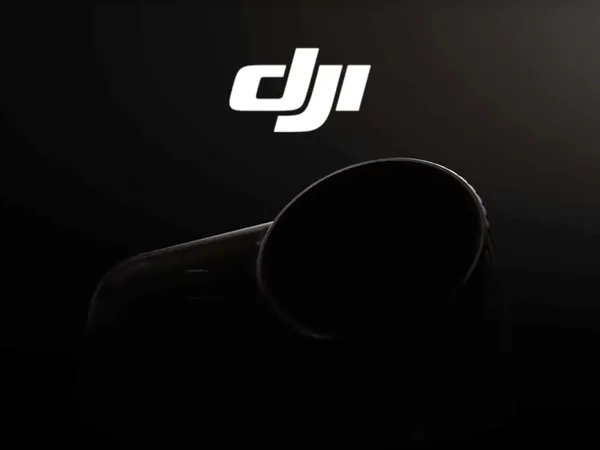
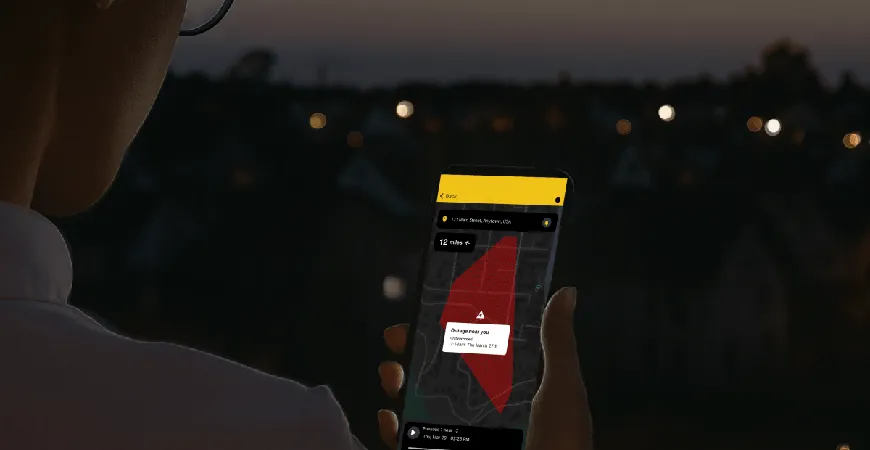
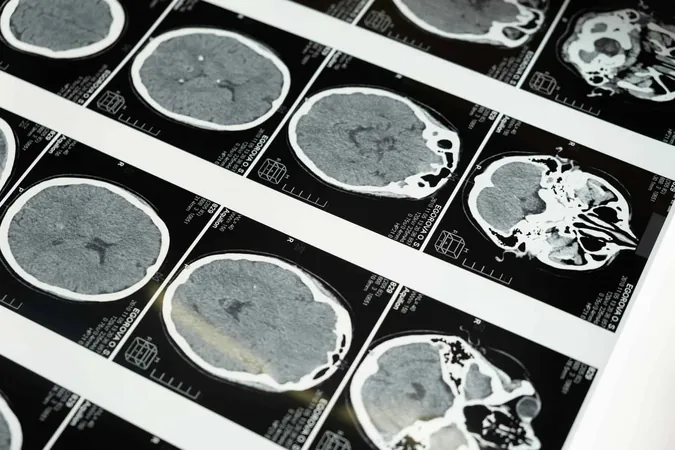
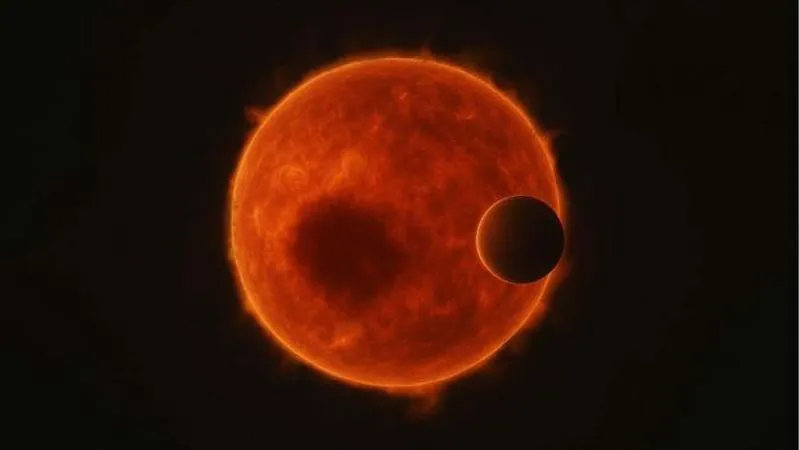
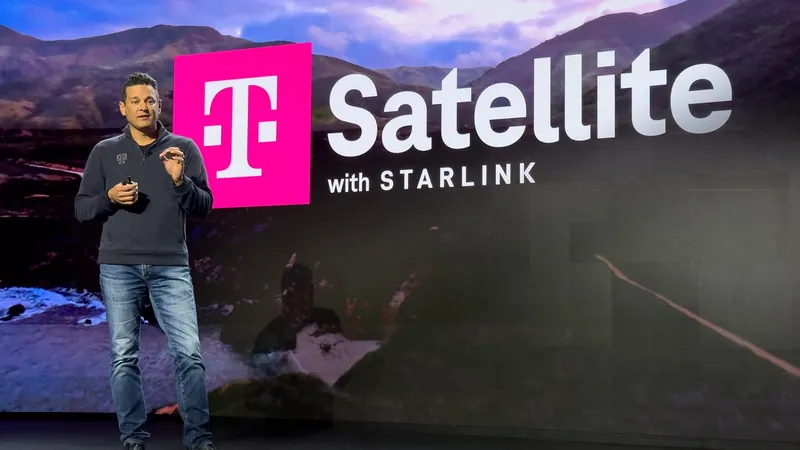
 Brasil (PT)
Brasil (PT)
 Canada (EN)
Canada (EN)
 Chile (ES)
Chile (ES)
 Česko (CS)
Česko (CS)
 대한민국 (KO)
대한민국 (KO)
 España (ES)
España (ES)
 France (FR)
France (FR)
 Hong Kong (EN)
Hong Kong (EN)
 Italia (IT)
Italia (IT)
 日本 (JA)
日本 (JA)
 Magyarország (HU)
Magyarország (HU)
 Norge (NO)
Norge (NO)
 Polska (PL)
Polska (PL)
 Schweiz (DE)
Schweiz (DE)
 Singapore (EN)
Singapore (EN)
 Sverige (SV)
Sverige (SV)
 Suomi (FI)
Suomi (FI)
 Türkiye (TR)
Türkiye (TR)
 الإمارات العربية المتحدة (AR)
الإمارات العربية المتحدة (AR)